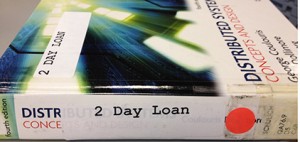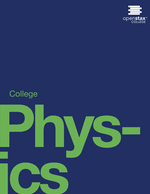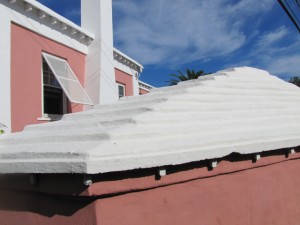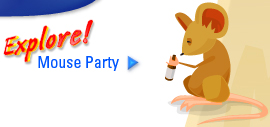 I talked about ChemSpider in a previous post but if you are serious about finding information on substances there is a chemistry database like no other: SciFinder.
I talked about ChemSpider in a previous post but if you are serious about finding information on substances there is a chemistry database like no other: SciFinder.
Just last year Chemical Abstracts Service (CAS), a division of the American Chemical Society, announced that the database was moving from the software version to the web. Since then there have been a number of changes to SciFinder, along with a newly redesigned CAS website. For example, there are great interactive SciFinder training videos for all aspects of substance and reaction searches that point out new features.
What sets Scifinder apart is not just the chemical literature, with articles, patents, dissertations, etc., going back over 100 years, it is how they bring together a wealth of information on reactions, structures, properties, and commercial sources, and link it all to substances with unique identifiers, called CAS Registry Numbers. That means that if you come across the name of a compound in an article that you do not recognize you can use the Explore Substances search in SciFinder and find out just what it is.
McGill students, faculty, and staff can now benefit from unlimited access to SciFinder (registration is required) so let me know it works for you.
CAS does have a free search engine for substances of general interest if Common Chemistry is more your thing.








